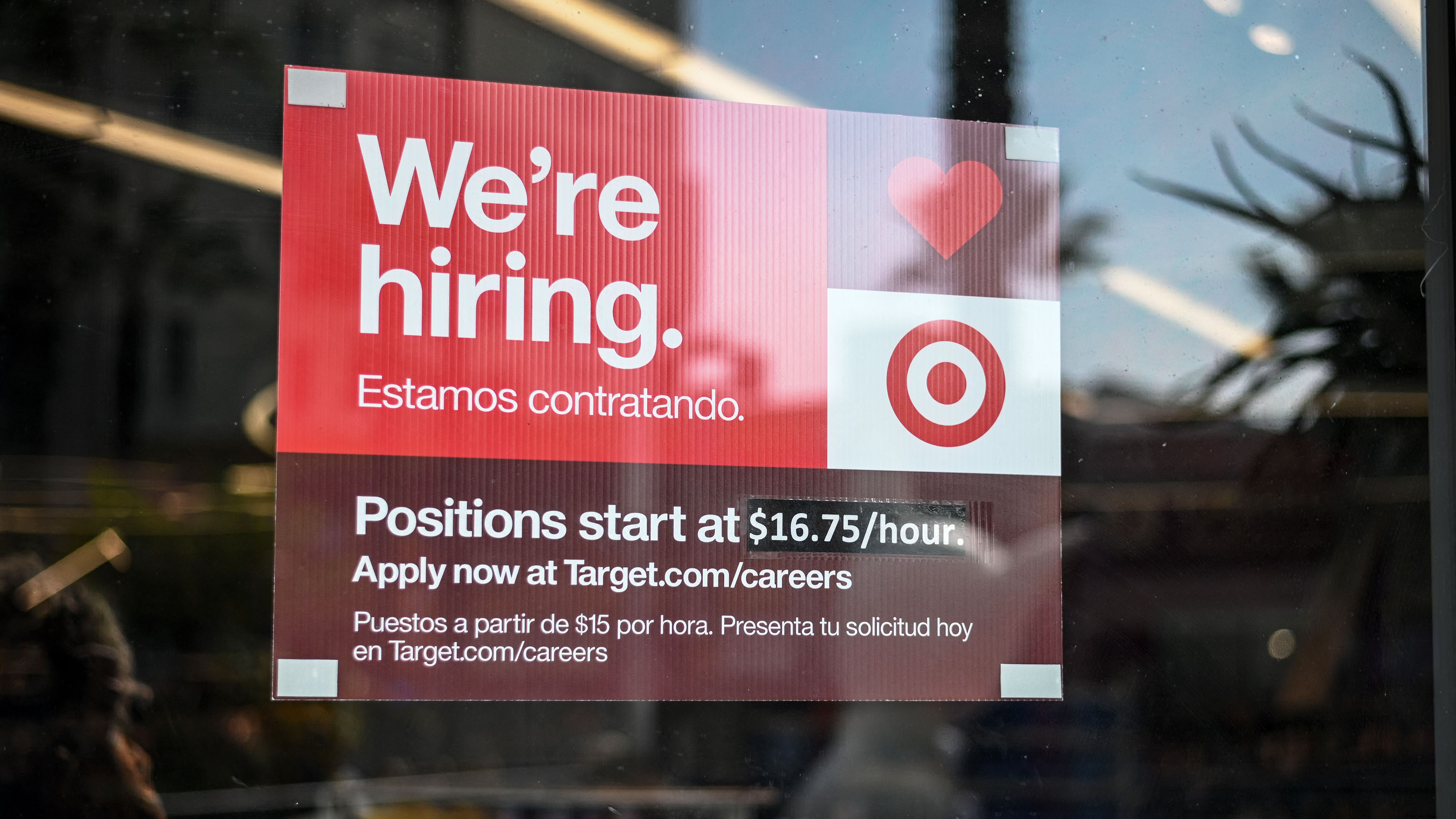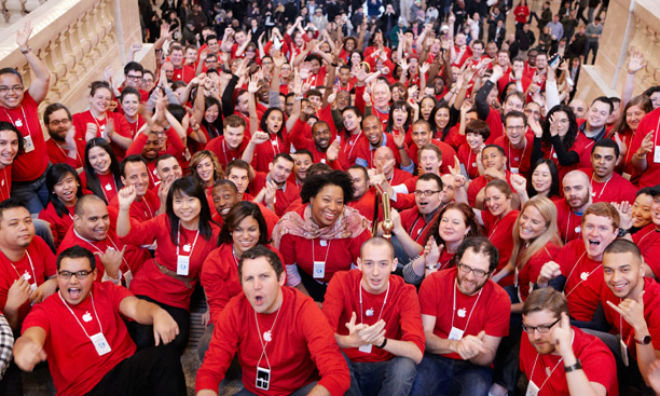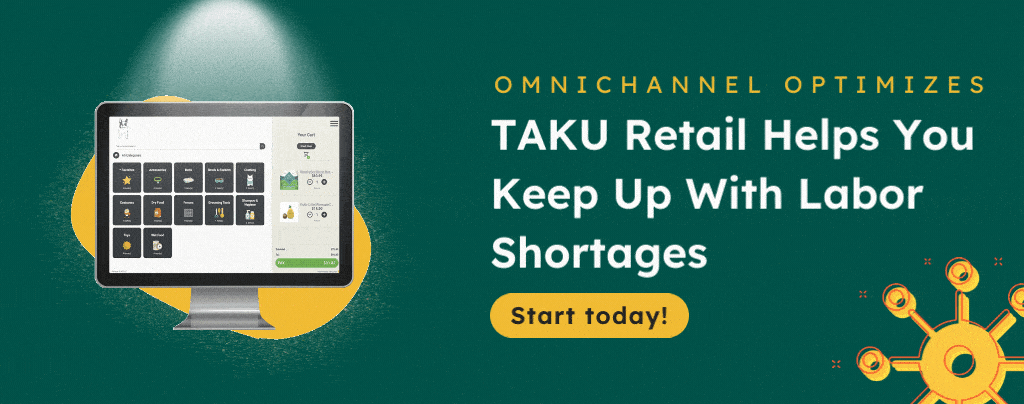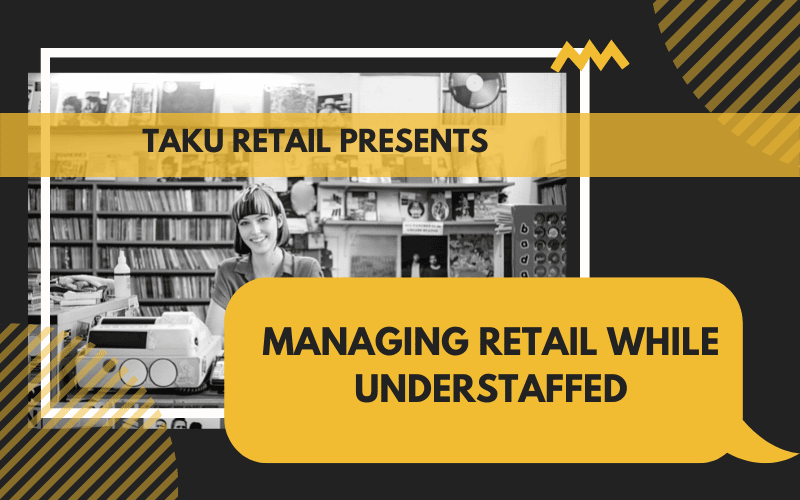There is a big labor shortage in North America right now. Tons of small and big businesses are being affected by the lack of workers. Being short-staffed can lead to frustrated employees & customers, and even lead to losses on sales. In fact, a study found that 6% of potential sales are lost due to a lack of service. Retail store owners need to learn how to reduce the chances of employees leaving and maximize operations while being short-staffed. This blog will give you a guide to managing retail while understaffed.

Why are stores understaffed?
Firstly, it is important to understand why there is a labor shortage in the first place. If you can understand what is going wrong, then you can take the steps to fix the problem. The low staffing problem boils down to the following: jobs don’t feel worth it anymore, demographic issues, and a disconnect between workers and employers.
Is this even worth it?

Many workers are coming to realize that they are no longer fulfilled by their jobs. Worse yet, the people who feel no satisfaction from their job are also not being paid enough. Would you want to work somewhere that drains you and doesn’t even compensate you to make it worth it? Well, many people are starting to say no. The COVID-19 situation opened up this realization for many. Millions of people decided to quit their job during the pandemic. But even though the pandemic is over for the most part, these attitudes have become permanent. Many people are feeling burnt out from their jobs, and the companies they work for needlessly add to this. Employers should be seeking to make work something their employees don’t hate if they want to win the battle against low staffing. If possible offer flexible work schedules, better pay, better breaks/off time, and check in on your employees’ mental health.
Demographics in the labor shortage

There is a large number of workers who are at retirement age. This number is bigger than the number of people entering the workforce. This surely creates a shortage in workers: leading to short-staffed businesses. On top of all of this, immigration slow-downs have created bigger gaps in labor. As a business owner there isn’t much you can do to combat this problem. However you can try to start appealing to younger demographics in your hiring practices.
The disconnect in the job market

There is simply a problem between the communication of employers and employees right now. Poor hiring practices are leading to many people missing out on jobs, and growing anti-work sentiments are leading to companies missing out on employees. Wages and expectations are not keeping up with each other. Many people are finding the jobs that they are qualified for do not pay enough. On the other hand, people are finding jobs that pay well but the requirements are not realistic.
These three factors seem to be some of the biggest contributors to businesses being understaffed. So what can you do as an understaffed retailer?
How to manage retail while understaffed
Better working conditions will lead to less low staffing

Did you know more than half of the people who believe their work schedules are inconsistent end up quitting their jobs? It is essential to make sure your employees have a consistent schedule which will give them a sense of security and fulfillment. Additionally, as we previously mentioned – giving workers some flexibility will help them want to work more as well. Things like offering better lunch breaks, days off, or even providing your employees lunch every now and then. When an employee feels like their company cares about them then they will care about their company. Also make sure you aren’t overworking your employees when you are short-staffed. When you set realistic expectations for your workers, and they will deliver realistic results.
Take advantage of your online channel

Why not reduce some of the work load by letting your online channel do a lot of the grunt work? Making sure your website, ecommerce store, or social media accounts can advertise and sell products will give your employees more time to take care of other tasks. Things like buy online pick up in-store (BOPIS) can help speed up the closing of sales. Make sure you are using an omnichannel system to take the advantage of BOPIS. Being able to offload work to your online channel will be a great help in times your store is understaffed.
Understand your store

If you are a store owner and can’t tell us when your peak days are, then you got a big problem on your hands. In order to make the best scheduling decisions you need to be able to understand when your store is the most busy. Once you do, you can schedule more workers during that time and less during off-peak hours. This will help you to make the most out of your payroll budgeting. You should also be able to understand which tasks are higher priority for your store. This will help you increase efficiency in store operations. Omnichannel systems like TAKU provide business owners like YOU with this type of data. Bringing us to our next and final point:
Managing retail while understaffed with efficiency
Efficiency is all about making the most with the least. If you don’t have that many workers, you need to make sure that workers you do have are taking care of the essential stuff. A good rule of thumb is the 80/20 rule. Workers and managers should dedicate 80% of their time and effort to the 20% of work that matters the most. Things like serving customers, and keeping shelves stocked.

In order to help maximize efficiency in your store consider using TAKU’s new self-checkout kiosk. This amazing new channel for your retail business will open up more time for your team who are following the 80/20 rule. Once customers can complete transactions on their own, less employees are needed to do so. This allows you to assign other important tasks to your staff. There is a reason why so many retailers have implemented self-checkout during the pandemic.
These tips will help you manage retail while understaffed. Remember it is important to keep your employees as happy as you can. Be sure to also use tools which will further optimize your operations. This will lead to better customer service and in turn sales.
TAKU Retail uses state-of-the-art retail technology to provide one of the best omnichannel systems for retailers. TAKU’s omnichannel offerings allow retailers to optimize their business for efficiency and continue to manage retail while understaffed. Learn more by tapping on the banner below.



